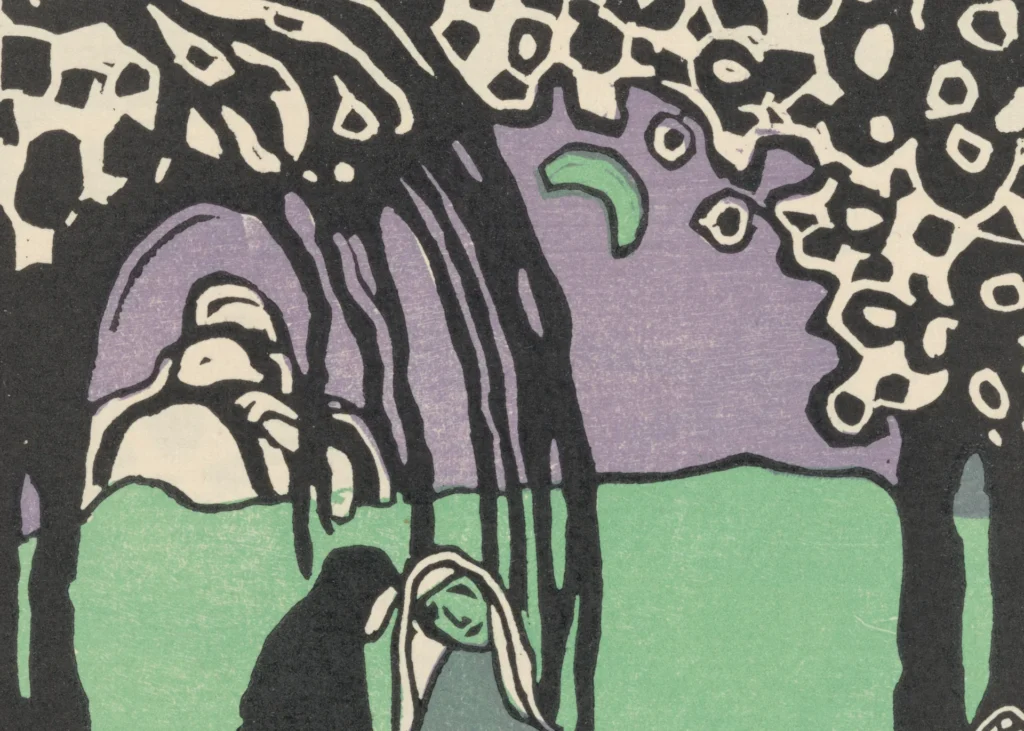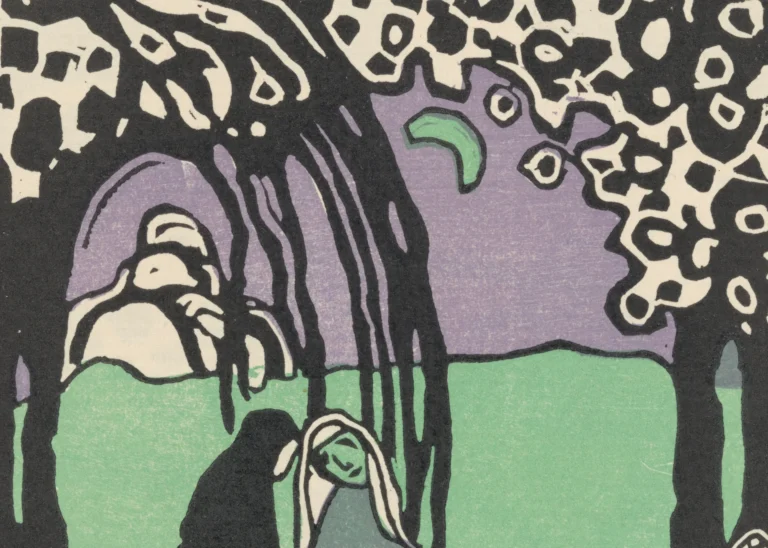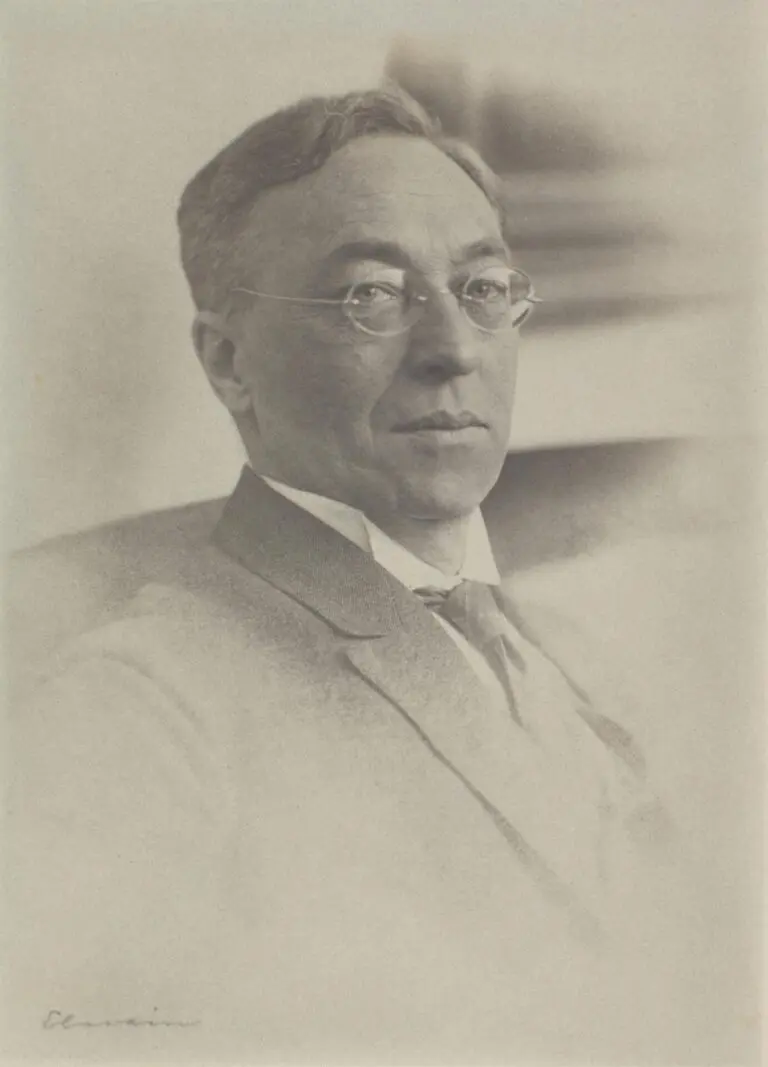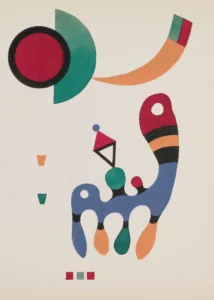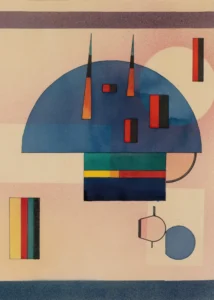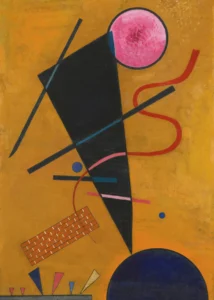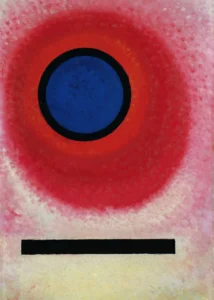Klänge (1913)
Wassily Kandinsky's 'Klänge,' or 'Sounds,' is a transformative artistic composition that combines 38 prose poems, 56 woodcuts, and innovative typography into a singular, harmonized experience. Completed in 1913, this limited edition work reflects Kandinsky's revolutionary ideas on integrating different artistic mediums, showcasing a transition from realism to abstraction. Each element, from the evocative texts to the striking pictorial designs, creates a sensory journey aimed at awakening the emotions and perceptions of the viewer, redefining the boundaries of artistic expression.
Year 1913
About the Artwork
'Klänge' emerged from Kandinsky's desire to bridge the gap between visual arts and music, encapsulating his belief that art should resonate with the viewer much like sound. The work embodies his philosophical exploration of synesthesia, where he aimed to translate musicality into visuals. Each aspect of the piece contributes to a combined symphony, where prose poems evoke images and emotions, while the woodcuts serve not just as illustrations but as integral elements that elevate the written word. This unique artistic endeavor marks a significant shift in Kandinsky's approach, indicating his full embrace of abstraction and the expressive potential of color and form.
Did You Know
Kandinsky believed in synesthesia, the ability to perceive sounds as colors and shapes. This belief was fundamental in his art, particularly in ‘Klänge,’ where he sought to create a visual experience that mirrors musical harmony.
‘Klänge’ represents a duality in art; it exemplifies Kandinsky’s shift from representational to abstract art. The integration of prose, imagery, and typography highlights how Kandinsky envisioned art as a total sensory experience.
Each copy of ‘Klänge’ is part of a limited edition, making it highly collectible. The uniqueness of its combination of text and visuals places it among the most significant publications in modernist art, appealing to collectors and historians alike.




